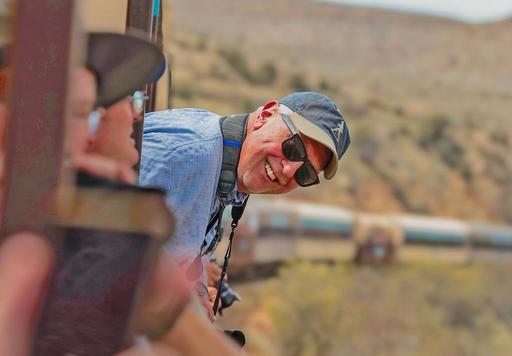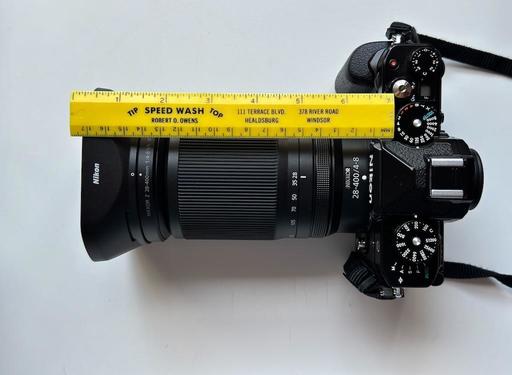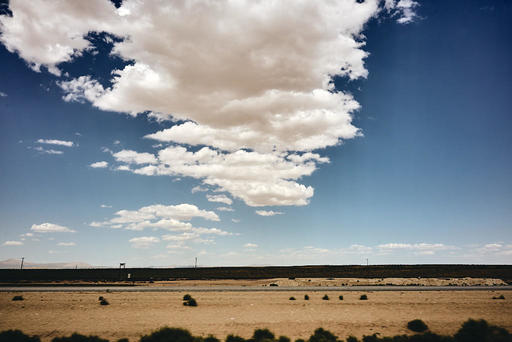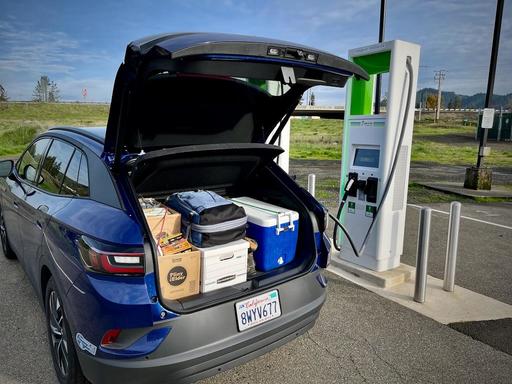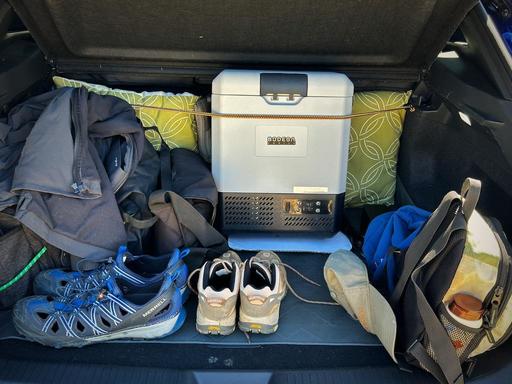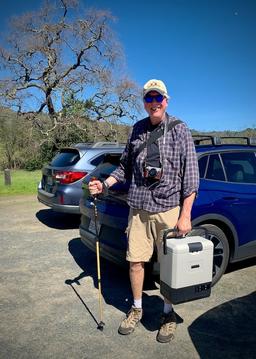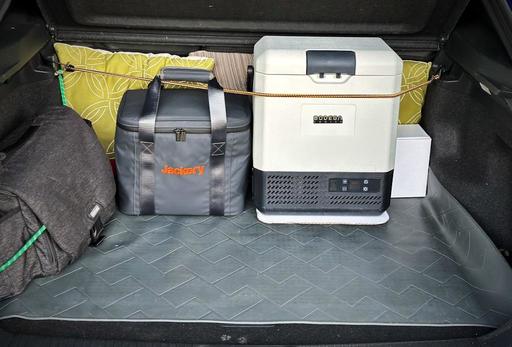This is The Digital Story Podcast #941, April 2, 2024. Today's theme is "Finally, Fast Transfer from SD Card to Smartphone" I'm Derrick Story.
Opening Monologue
In theory, our mirrorless cameras and smartphones should be the best of mates. Together, they could provide the power and portability that we could only dream of a decade ago. But thanks to finicky WiFi mobile apps, transfers from camera to smartphones have been painful at best. Then, the EU stepped in. And everything changed. Find out how on today's TDS Photography Podcast. I hope you enjoy the show.
Digital Photography Podcast 941
Tune-In Via Your Favorite Podcast App!

Apple Podcasts -- Spotify Podcasts -- Stitcher
Podbean Podcasts -- Podbay FM -- Tune In
Finally, Fast Transfer from SD Card to Smartphone
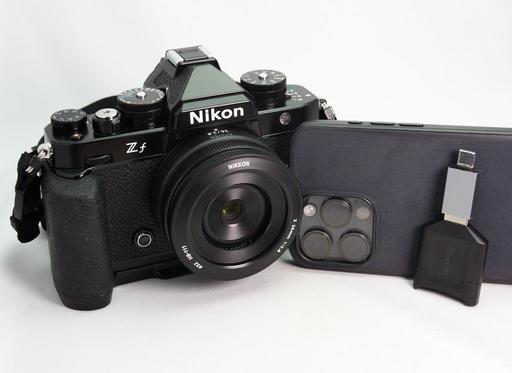
If I told you that you have everything you need right now for reliable, hassle-free transfers of RAWs and Jpegs from you mirrorless camera to your smartphone, would you believe me?
If you've toiled with the wireless-enabled mobile apps from Canon, Nikon, Sony, FujiFilm, and OM System, you probably wouldn't. They're fine for Bluetooth functionality, such as geotagging our camera pictures, but they suck at robust transfer of pictures.
I had pretty much given up on the whole thing until one day when I was gazing at the USB-C port on my iPhone 15 Pro Max. The port that replaced the Lightning connector by mandate of the EU.
That same Lightning connector that I have various card readers for that for some unexplained reason doesn't work with my iPad which does have Lightning.
I started thinking, what if I took my Kingston 1 TB card out of the Nikon Zf, put it in my Kingston SD card reader, and plugged it in to the iPhone 15 Pro Max. It should work. And it does. And not only does it work, it works fast.
So, what software could I use to manage the copying of photos from the SD card to the iPhone. It turns out, that the Apple Files app works great, as does Lightroom Mobile. Photos for iOS also has a direct import function, but it can't separate RAW/Jpeg bundles the way that Lightroom and Files can. So unless I'm shooting Jpeg only, I'll use Files or Lightroom for import.
The basic process is easy.
- Remove the SD card from the camera, put it in the card reader, and connect the reader to the iPhone.
- Open the Files app on the iPhone and look for your SD card under Locations. In my case, it will read NIKON Z F.
- Tap on the SD card name to take you to the next screen. You will see one or more file folders there. Tap on the one that reads DCIM. Depending on how your camera sets up the file system, an additional folder may exist inside DCIM. Tap on it and your photos will be revealed.
- If you shoot RAW+Jpeg, you will see both versions of your pictures there. To choose the ones you want to copy to the iPhone, tap on the 3 dots in the upper right corner of the screen. Then tap on Select.
- Now, tap on the thumbnails of the pictures you want to copy to the device. They will be marked with a blue check.
- Tap on the Share button in the lower-left corner of the screen. Choose Save Images.
- The pictures are now copied to your camera roll on your iPhone and are accessible via Photos and other apps.
- Swipe up to close the Files app, disconnect the reader from your phone, and return the SD card to your camera.
If you want to bypass the Files app and import from Lightroom Mobile directly, you can. Connect the SD card and tap on the blue import icon in the lower right corner of the Lightroom interface. Lightroom will ask you if you want to add photos from the Device (iPhone), Files (app), or Connected camera/card. Choose Connected camera/card, select the pictures you want, then tap the blue Import button at the bottom of the screen. You pictures will appear.
Why would you want to use either of these methods for pictures from your mirrorless camera?
- It's really fast. And this becomes even more important if you have a lot of pictures on the memory card.
- It's dependable. No picture roulette with this workflow.
- The laptop can stay home. You don't need it!
- The smartphone is cloud connected. When you do get back to your computer, all of your pictures will be there.
- SD card readers are small. It fits in the coin pocket of my jeans.
If you want to read about the entire workflow, complete with pictures, check out my free link to the article, Making the iPhone/Mirrorless Camera Connection on Live View.
And thanks EU for finally making Apple put a USB-C connector on my iPhone.
Huh? Pentax announces a new daguerreotype camera!
This was my favorite April Fools story. You can read the entire article on Photofocus.com
Ricoh/Pentax announced a daguerreotype camera, catching the film industry off guard. "It's 1830s specs, but with some modern touches," designer Takeo Suzuki stated via Instagram.
While the video doesn't reveal many details or a launch date, Suzuki stated that the camera is in development. "We have wanted to embrace analog technology. The Film Camera Project was just stretching a bit and warming up. Pentax is now seriously throwing down."
Pentax went on to say that their daguerreotype uses the same process as the original 1830s design. "Young people have increasingly shown interest in these kinds of cameras, and we want them to experience the joy that the early pioneering photographers felt."
With traditional daguerreotype cameras, the photographer polished a silver-plated copper sheet until it was like a mirror. Then they zapped it with iodine and bromine vapors to make it light sensitive. After that, they inserted the sheet into the camera, where the exposure was made. The photographer then placed the exposed plate over heated mercury fumes until the image appeared. This produced a surprisingly detailed, one-of-a-kind image.
Since the daguerreotype camera is still in development, Ricoh/Pentax offered few other details. However, they did state that they were exploring various materials. "The original wooden housings were often very large and cumbersome," Suzuki stated, "so we are exploring other materials, including innovative inflatable housings."
The company also noted that they were looking into using heated fumes "other than mercury," noting that customers shouldn't breathe toxic fumes.
Ricoh/Pentax is also looking at creating silver-plated copper sheets with wifi and Bluetooth connectivity so the photographer can upload their daguerreotype prints to social media easily.
Happy April Fools!
Infrared Photography Workshop - Online - June 2024
Do you feel like the world is looking like "the same old same old" through your camera's viewfinder? Have you felt your enthusiasm for photography waning? Then it's time for you to consider exploring infrared imaging.
Suddenly walks you've taken a hundred times look completely different as you see them through your camera. Old familiar subjects burst to life with new vibrancy. IR photography can energize your creativity, not only for this medium, but for all of your artistry.
Beginning June 5, 2024, join us for this 4-week exploration into the world of IR. During this event, you will learn:
- The best IR filter to start with.
- How to test your existing digital camera for infrared sensitivity.
- Learn about the different types of IR conversions for digital cameras.
- See how different IR filters produce wildly different results.
- Learn how to fine-tune your images with software you already own.
- Discover advanced techniques to take your images to the next level.
- And much, much more.
This online workshop (Zoom) begins on Wednesday, June 5, 2024, with both morning (9am PST) and evening sessions (4pm PST) available. We will convene weekly thereafter via Zoom for more training sessions (AM and PM), Q&A, and to compare notes. You can attend morning, evening, or both sessions. It's essentially the same content, just different participants.
It is so much fun.
Plus, you will have unlimited access to our online workshop community, DerrickStoryOnline. Here, you can mingle with other workshop participants (past and present), share images for comment, exchange tips and techniques, and enjoy the fellowship of other creatives who share your passion for image-making.
You can reserve your spot for the Infrared Online Workshop here.
Ricoh's New GR III HDF and GR IIIx HDF Cameras Feature a Dreamy Filter
You can read the entire article on Petapixel.com
Ricoh Imaging has announced a pair of new cameras, the Ricoh GR III HDF and GR IIIx HDF, that incorporate a newly developed highlight diffusion filter (HDF) to easily capture softer, dreamier photos.
The HDF, which can be quickly enabled or disabled in a single action, has been developed using Ricoh's advanced inkjet technology "cultivated over the years," per Ricoh. The special-effect filter diffuses highlight areas and generates a blurring effect around the edge of the image, which Ricoh promises makes it possible to "produce images resembling those captured in film photography or vintage movies."
It is perhaps no coincidence that Ricoh Imaging is making its popular GR III compact camera series deliver more analog-inspired images, given that Ricoh is working hard to ship its Pentax film camera this summer. Vintage aesthetics are definitely in right now as photographers look to capture photos with more character and style.
"The Ricoh GR III HDF and Ricoh GR IIIx HDF inherit the fundamental merits of our GR series -- exceptional image quality, flawless point-and-shoot operation and outstanding portability," says Ken Curry, president, Ricoh Imaging Americas Corporation. "The new GR HDF models give users a new creative option that expands the visual boundaries of snapshot photography."
The "exceptional image quality" part is important, as when the HDF is disabled, the GR III HDF and GR IIIx HDF are identical to the existing models, meaning they promise sharp, detailed 24.2-megapixel images captured with 28mm f/2.8 and 40mm f/2.8 equivalent lenses, respectively.
Given that there is little to differentiate between the HDF and regular GR III cameras, Ricoh has changed the shutter release button on the HDF versions to a dark silver. The default setting of the Fn (function) button has also been changed, with it controlling the on/off setting for the HDF itself on the new cameras.
Ricoh has also added the ability to pre-program three white-balance settings as the base white balance for the new models. This will be available to regular GR III and GR IIIx owners via a free firmware update as soon as the HDF versions hit the market. There is also a new Zone Select AF setting.
Since the new models incorporate the new highlight diffusion filter, they no longer include the neutral density (ND) filter mode.
Virtual Camera Club News
The Nimble Photographer Newsletter is now publishing every Thursday. Readers will enjoy a variety of content spanning from short photo essays, to commentary on weekly events, to reviews of the latest and coolest photo gear.
TDS Workshops! - You can sign up for available workshops by visiting The Nimble Photographer. Inner Circle Members receive a 10-percent discount on all events.
Inner Circle Members: A big thanks to those who support our podcast and our efforts! We are having a blast at our new Inner Circle hangout, the private group I've set up at DerrickStoryOnline. We'd love it if you join us. You can become an Inner Circle Member by signing up at our Patreon site. You will automatically be added to the new hangout.
Great Photography Articles on Live View - If you check out our publication and appreciate what you see, be sure to follow us and clap for those authors. You can find us at medium.com/live-view.
If you're interested in writing for Live View, drop me a line at dstory@gmail.com.
The New Donation Kit for Carefree Shipping of Found Film Cameras - If you've discovered a film camera that's no longer being used, our new Donation Kit makes it easy to pack and ship. Just visit the Contact Form on thenimblephotographer.com, click the box next to Donating a Film Camera, and let me know what you have. In your note, be sure to include your shipping address.
Affiliate Links - The links to some products in this podcast contain an affiliate code that credits The Digital Story for any purchases made from B&H Photo and Amazon via that click-through. Depending on the purchase, we may receive some financial compensation.
Red River Paper - And finally, be sure to visit our friends at Red River Paper for all of your inkjet supply needs.
See you next week!
You can share your thoughts at the TDS Facebook page, where I'll post this story for discussion.
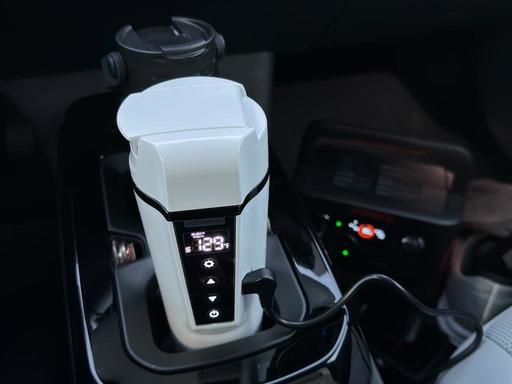 Hot coffee heating up in the cup holder of the car.
Hot coffee heating up in the cup holder of the car.
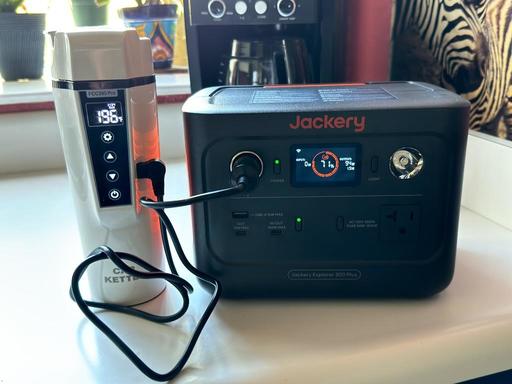 Can also be used outside the car with a portable power station.
Can also be used outside the car with a portable power station.
